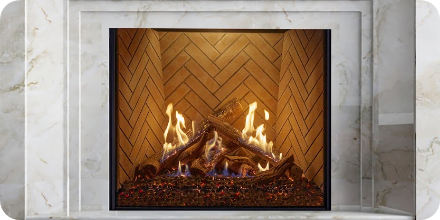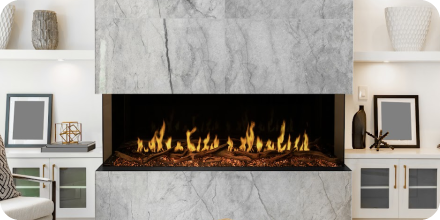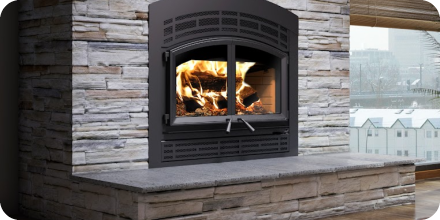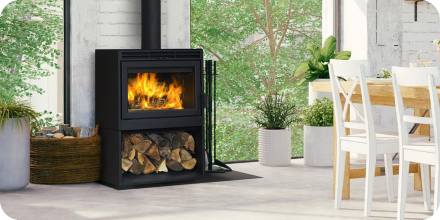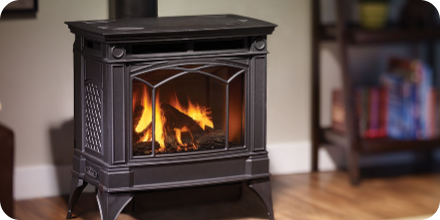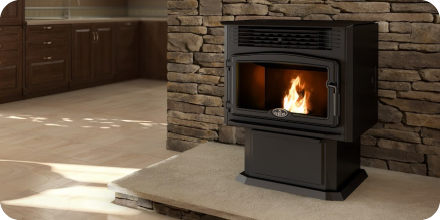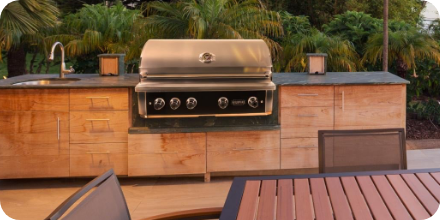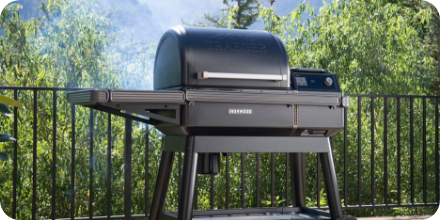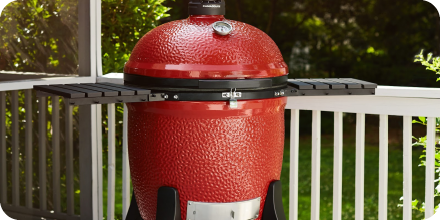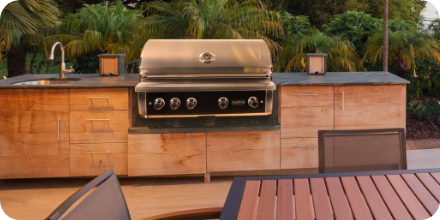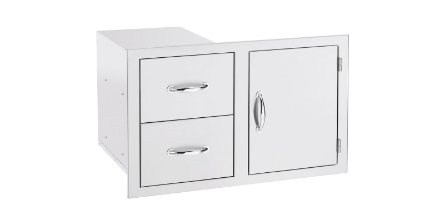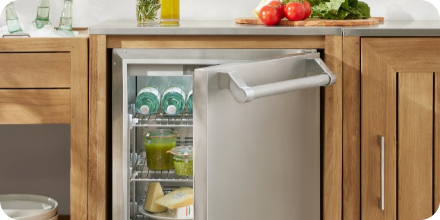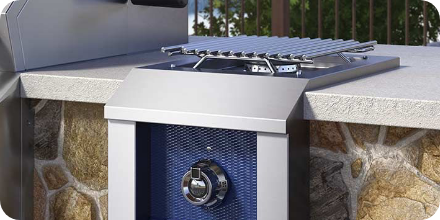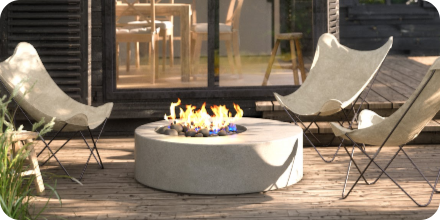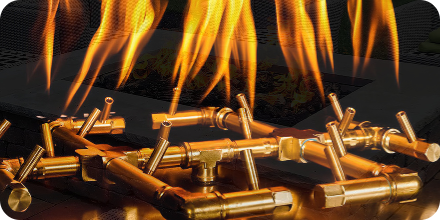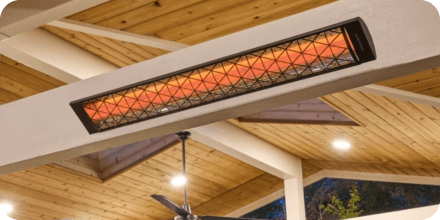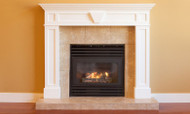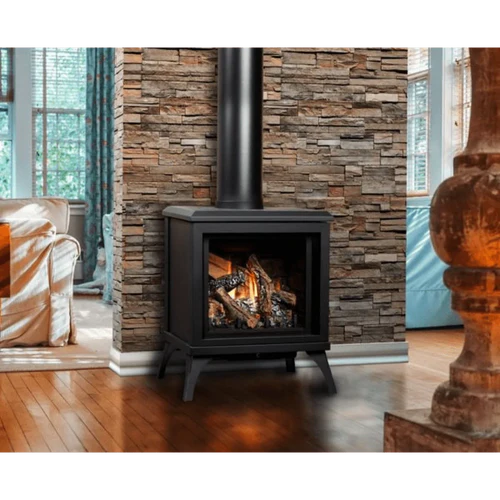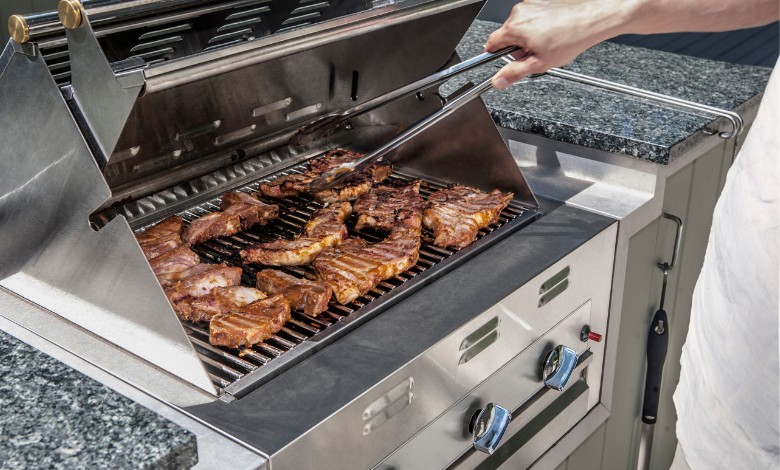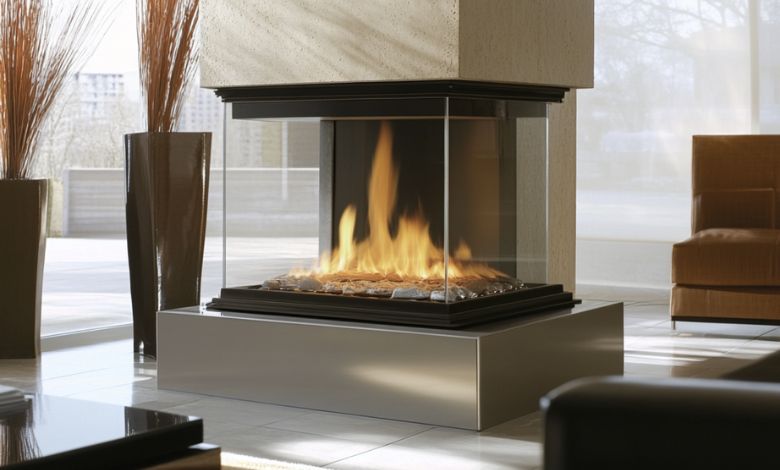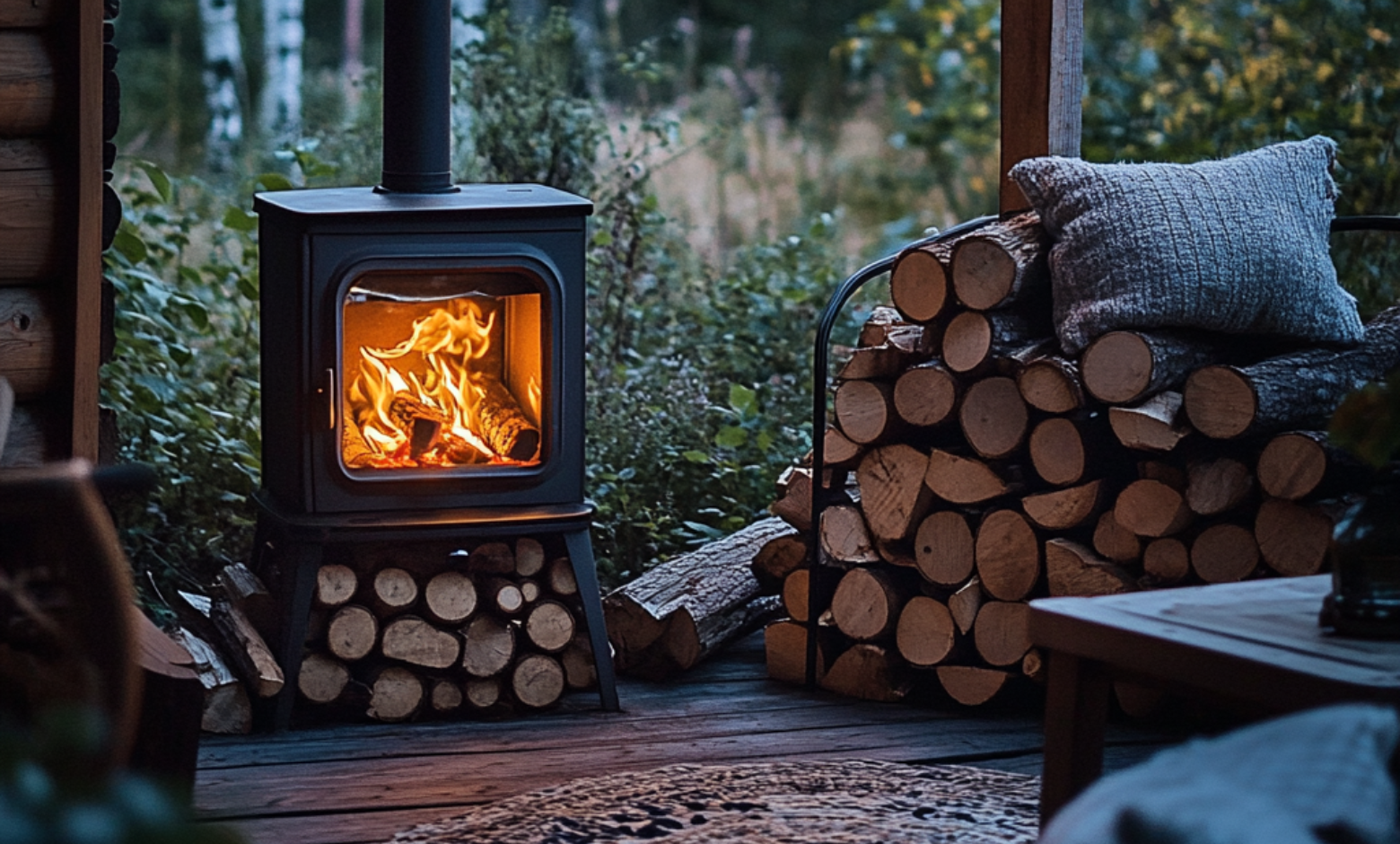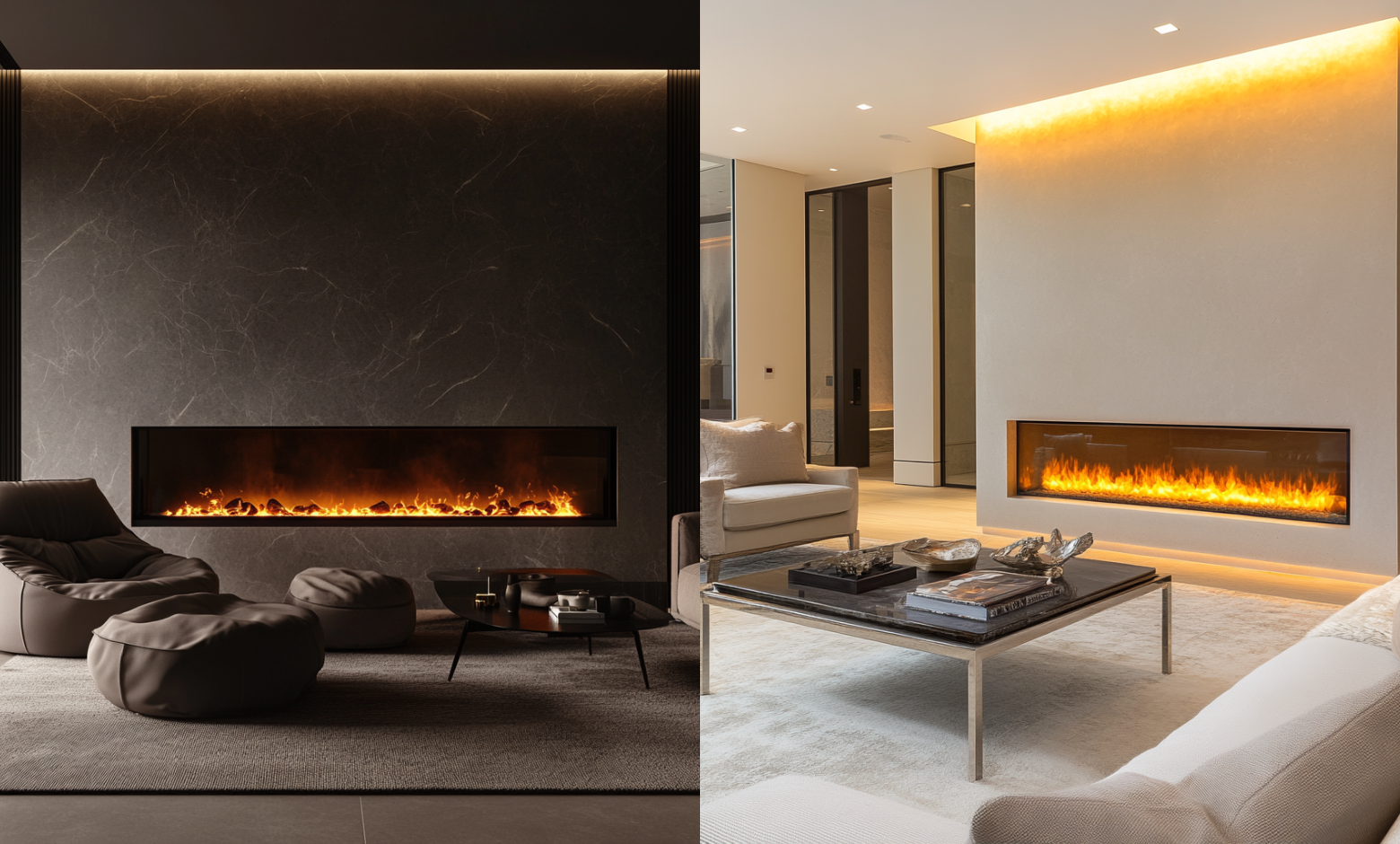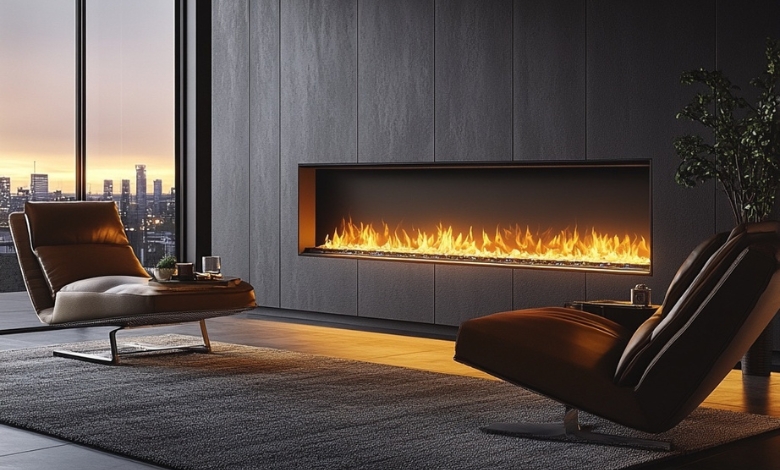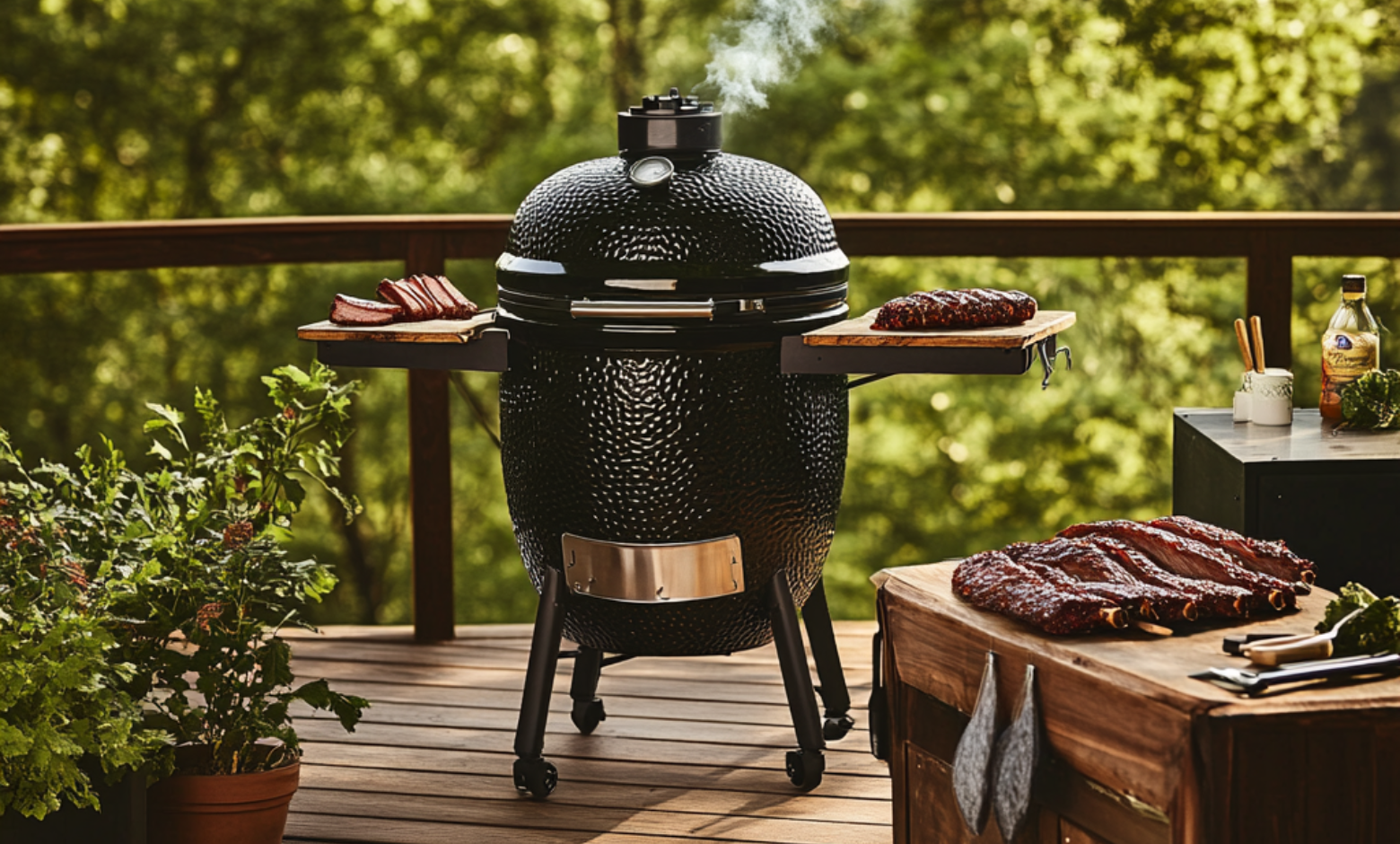Gas Fireplace Maintenance: A Guide
Posted by Anna William on Oct 29th 2025
A gas fireplace is a great way to heat and decorate any home, producing a warm, cozy atmosphere during the cold seasons. However, like any other home appliance, it needs regular maintenance and care to function efficiently and safely. Good gas fireplace maintenance not only boosts the performance of your fireplace but also increases its lifespan, and your home will be warm for years to come. This guide will take you through the necessary gas fireplace maintenance and cleaning instructions, handy advice on troubleshooting common problems, and tips on maintaining your gas log fireplace at its best. Proper care is the key to peaceful and stress-free fireplace use.
Gas Fireplace Maintenance Basics
Gas fireplace repair is important to maintaining your system in good working condition. A properly maintained fireplace will keep your home warm and secure in addition to enhancing the unit’s efficiency. Begin by learning what parts your fireplace consists of, such as the gas logs, burner, and pilot light. These items are critical to the functioning of your fireplace and must be inspected regularly.
The main areas of focus in gas fireplace maintenance include regular cleaning, proper airflow, and inspecting for gas leaks. It’s also important to monitor your gas usage and ensure that your fireplace is venting properly to avoid carbon buildup. Over time, dirt and debris can accumulate inside the unit, affecting its efficiency. That’s why gas fireplace cleaners are a wonderful quick-maintenance tool, but don’t overlook the finer tasks that can enhance safety and performance.
Top 4 Gas Fireplace Maintenance Tasks
1. Turn Off Pilot Light
Turning off the pilot light when your fireplace is not being used is an easy way to save energy and maintain your fireplace. A pilot light is a tiny flame that may burn gas even if your fireplace is not in use, unnecessarily causing you to pay for energy. Be sure to switch it off when you have warm weather, don’t use the fireplace, and turn it back on when the cold weather comes back.
2. Clean Glass
Over time, the glass in your gas fireplace can become covered with soot, smoke, or dust. This dust and grime can cloud visibility and make your fireplace less attractive. Daily cleaning will help keep your gas log fireplace looking its best. Clean the glass with a soft cloth and a fireplace cleaner made for glass surfaces to prevent scratching and damaging the glass. Gas fireplace cleaners are available that can remove tough grime, leaving it crystal clear.
3. Clean Airflow & Louvers
Airflow must be allowed for a gas fireplace to function correctly. Dust and debris must easily flow around the vents and louvers to clog airflow and decrease the efficiency of your fireplace. Remove any obstructions in these areas by vacuuming them or using a soft brush. Check that nothing is in the way of the vent outside, as correct airflow is paramount for your unit to safely function.
4. Wipe Down & Inspect Unit
Cleaning the outside of your fireplace and checking the inner components for damage is critical to regular maintenance. Check for cracks, rust, or loose hardware. Also, check that gas connections are tight. Having your fireplace cleaned on the outside not only enhances the appearance of your house but also helps detect any problems that may need to be repaired.
General Vent System Maintenance
A properly maintained vent system is important to your gas fireplace's safe and effective functioning. The vent safely expels dangerous gases like carbon monoxide outside the dwelling. Vents can clog with debris, grease, or even birds’ nests over time, creating poor airflow and safety issues. Clean the vent system every year, or more often if you experience poor airflow or smells. Ensure the vent cap is securely placed and not clogged by any trash. Professional checking is advisable to determine if there is any clog, crack, or damage in the venting system.
How Gas Fireplaces Should Work
This is how a gas fireplace ought to function to keep your home cozy and safe:
- Pilot Light: A tiny, persistent flame that lights up the main burner when the fireplace is activated.
- Burner: The part that combusts the gas and creates the flame you observe in the fireplace.
- Gas Logs: Logs set that are made to look like real wood, offering a realistic appearance.
- Thermostat or Control Panel: Regulates the temperature and can be set to levels for comfort.
- Ventilation System: Evicts smoke and burning gases outdoors, providing clean air indoors.
- Oxygen Sensor: This built-in safety feature turns off the gas if oxygen levels drop too low.
With proper fireplace care, all these parts harmonize together. However, if one of them fails, it may result in inefficiency or even hazardous situations.
Common Gas Fireplace Issues
As with any appliance, gas fireplaces have issues that may arise over time. Some of the most popular problems include:
- Pilot Light Won’t Stay Lit: This is usually caused by a dirty thermocouple, a faulty gas valve, or a bad pilot assembly.
- Flames Are Too Low or Too High: Too-high flames may be caused by problems with the gas pressure or a clogged burner.
- Strange Odors: If you smell anything bad, it may be due to dust buildup or a gas leak. Always check for a gas leak and have a professional do it if necessary.
- No Heat: If your fireplace isn’t heating, there could be a blockage or an issue with one of the heating components.
- Cracked or Dirty Glass: Over time, the glass in your gas log fireplace will crack or get dirty, potentially changing the unit's appearance and functionality.
These problems can be avoided by performing regular maintenance, but if they already exist, it’s advisable to contact a technician to have them professionally repaired.
How To Maintain A Gas Fireplace
The following steps are to be taken to keep your gas fireplace in good working condition:
- Turn off the pilot light when not in use.
- Clean the glass regularly to remove soot or grime.
- Inspect and clean the airflow and louvers to maintain proper ventilation.
- Check the gas line for leaks or damage, and replace worn-out parts.
- Schedule an annual inspection to catch any issues early and ensure your fireplace works safely.
Regular cleaning and care will help your fireplace stay in great shape and last for years.
How Often Should Gas Fireplaces Be Serviced?
How frequently you must maintain a fireplace varies with usage and surroundings. Still, it is advisable to have a technician inspect your gas fireplace annually. That way, everything will be in top condition, and any problems will be identified early. If you experience any problems, such as funny odors, weak air, or irregular heat, you should request service immediately.
More regular inspections can be required for heavy-use fireplaces or those in rooms with higher dust or debris levels. Scheduling your gas fireplace maintenance consistently can avoid expensive repairs and allow safe use.
Embers Living Technical Support Team Will Support You With Your Fireplace
At Embers Living, we know how crucial it is to maintain your gas fireplace. Our technical support professionals are ready to help you with any questions, repairs, or maintenance requirements. Whether you need gas fireplace cleaners, troubleshooting assistance, or a professional service, our experts are only a phone call away. Don’t be afraid to call and let us help you keep your gas log fireplace, providing warmth and comfort to your home throughout the year.
By simply using these gas fireplace maintenance tips, you’ll be able to lengthen the lifespan of your unit, avoid expensive repair bills, and have a warm, cozy fireplace year after year. The Embers Living staff is always available for any questions or maintenance concerns.

